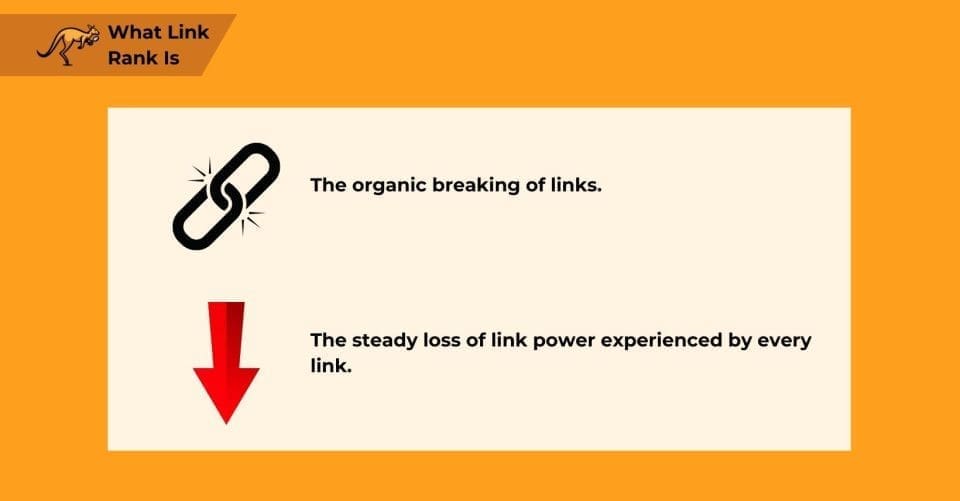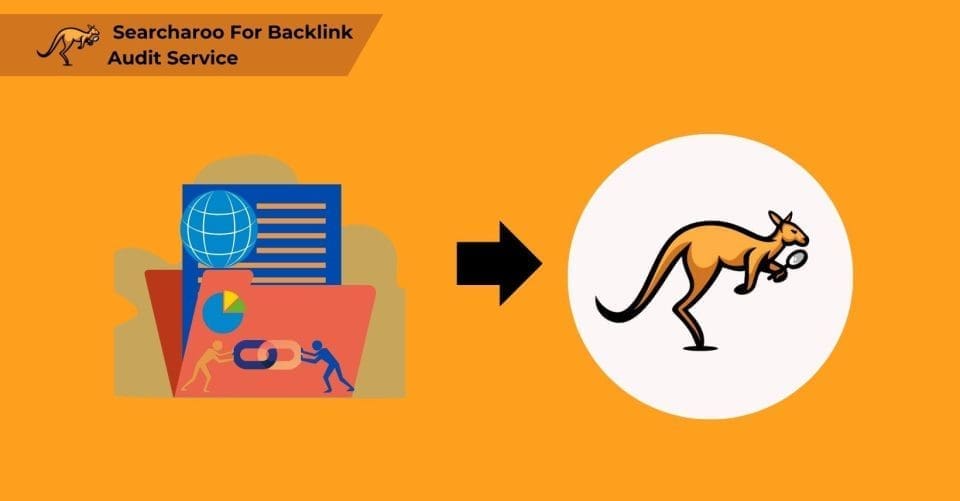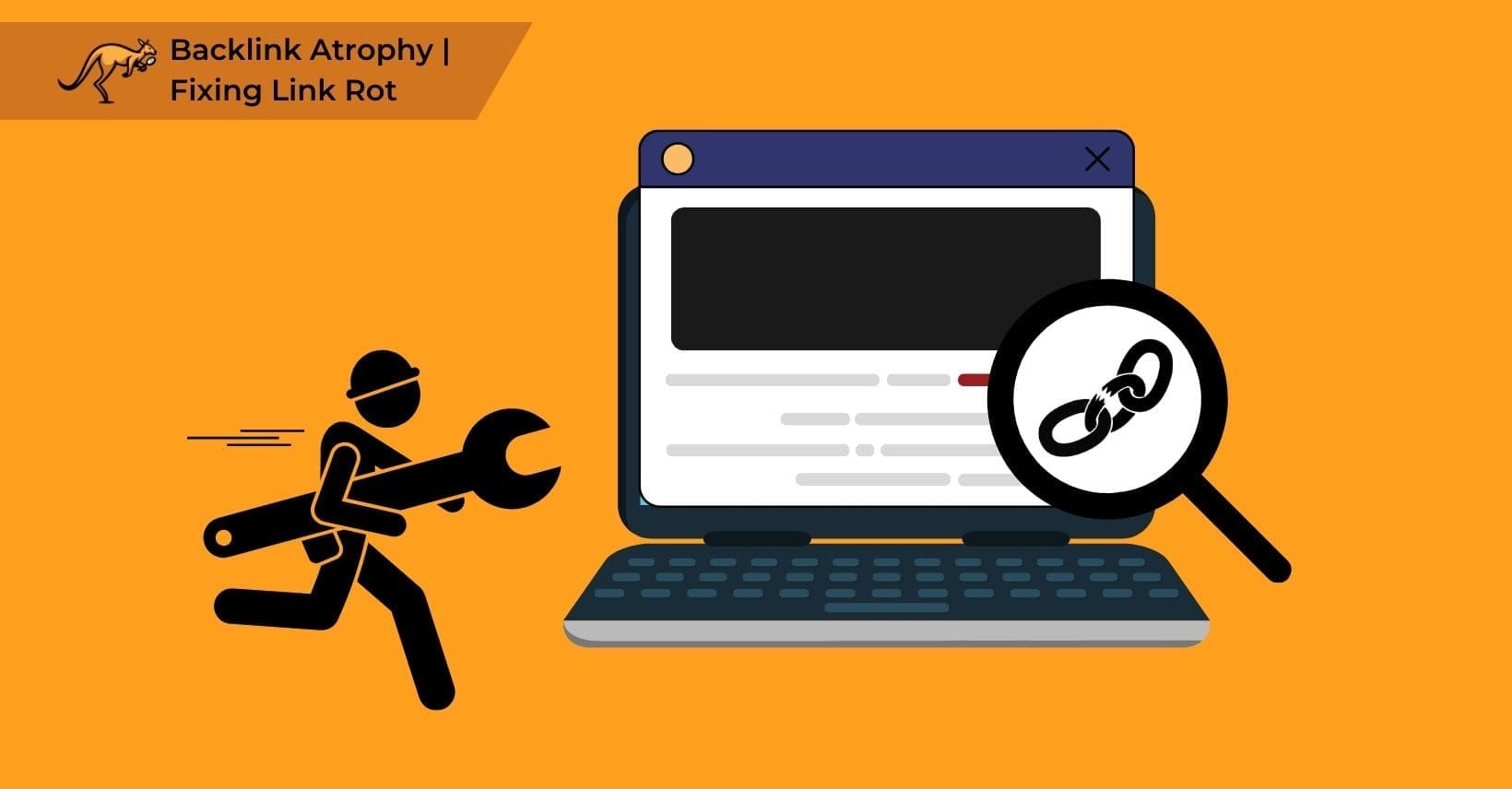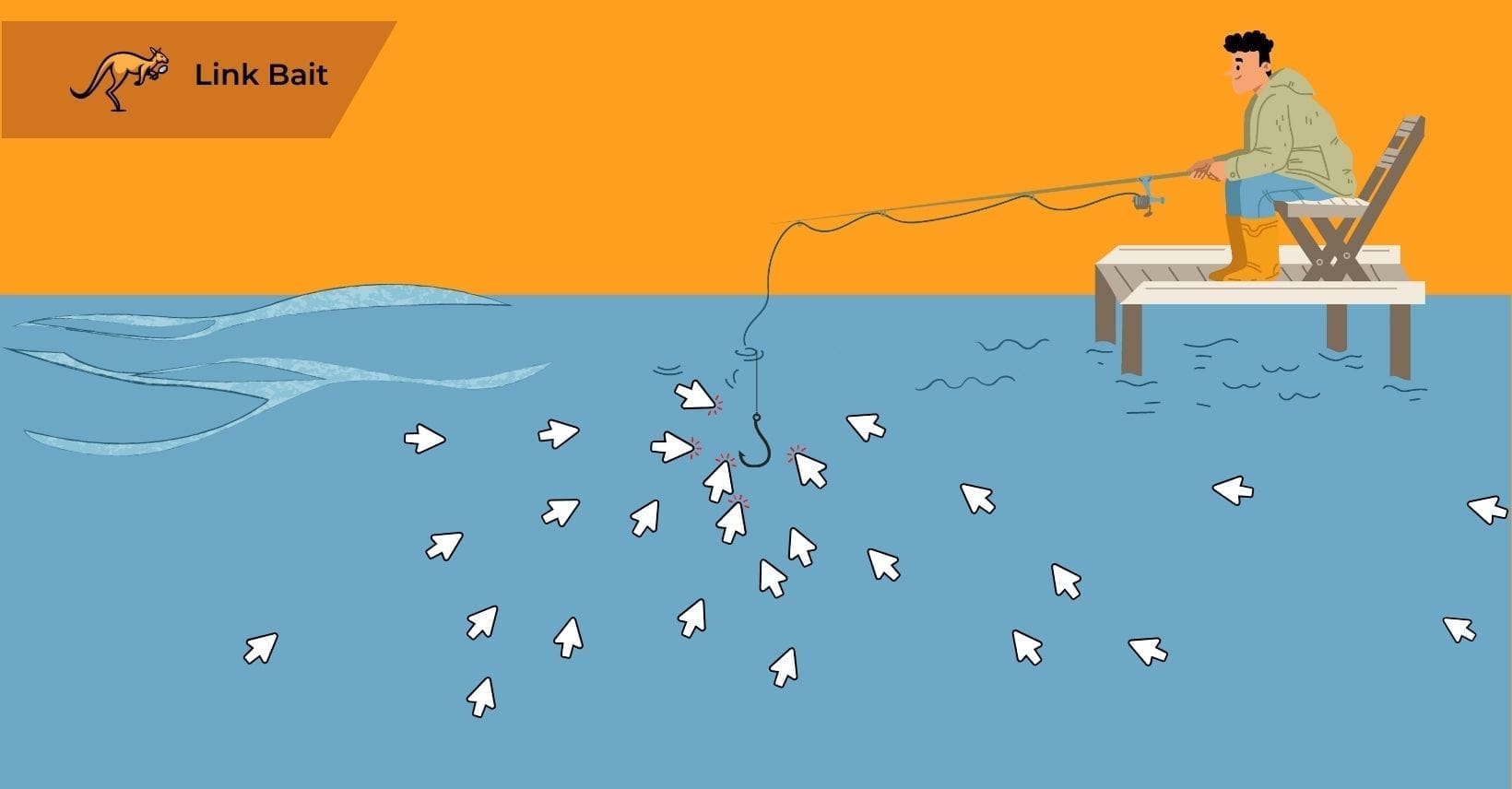If you run a website, the idea of diminishing backlink value might raise concern.
Link rot, a natural internet phenomenon, affects all websites over time by degrading old or unused links, which can negatively impact your site’s performance.
Google’s algorithm, aiming to provide the best user experience, progressively lowers the ranking of these inactive links.
Maintaining a healthy link profile is essential for your site’s ongoing search engine success.
In the paragraphs below, we’ll explore how link rot can affect your site and what can be done about it.
Link Rot: What is it?

Two items constitute link rot:
- The organic breaking of links.
- The steady loss of link power experienced by every link.
The first occurs as website operators update their content, rendering old links ineffective when their targets vanish.
The second issue arises as older pages lose prominence due to the influx of newer content, necessitating the addition of fresh links to maintain relevance.
Link rot occurs when backlinks deteriorate over time as connected sites go offline, change names, or alter their status, which directly reduces your website’s search visibility and authority in Google’s rankings.
This decay affects both external and internal links a site may have.
Considering the implications of link rot, it’s also worth exploring strategies to manage your backlinks and mitigate the impact of disappearing content.
What to Do About Your Backlinks and Disappearing Content?
When content expires and is removed or moved to an archive, it can break important links, negatively impacting your SEO efforts.
To prevent this, establish durable backlinks that remain valid over time.
In cases where content vanishes, leading to a 404 error, ensure URLs are redirected to a 301 permanent address, thus maintaining link integrity.
It’s also essential to revisit and refresh old links that might have lost their relevance over time, which helps you recover the full value of your previous SEO investments.
Link Reclamation: Recover Value Lost
Link reclamation restores the strength of links lost from your profile by identifying broken backlinks through tools like Google Search Console, then contacting website owners to fix them or implementing 301 redirects to maintain link equity.
To do this, search your site for 404 errors and use a 301 redirect to connect to the most relevant page.
Additionally, if a page that hosted a purchased backlink is removed, contact the website owner to request that the page and the link be restored.
Understanding the causes and potential remedies for link power erosion can enhance your website’s performance by addressing the root issues and applying effective solutions.
Causes and remedies for Link Power Erosion
Old pages that drift away from a site’s main page often lead to the weakening of links from the past.
To combat the fading strength of these links, it’s wise to either create new ones or enhance the existing connections.
Such strategies maintain the relevance and effectiveness of your site’s network of links.
As we ponder over maintaining link strength, it’s also critical to understand how search engines, like Google, interpret the aging of backlinks, shedding light on strategies to keep your site’s connections fresh and influential.
Decoding Google’s Logic for Backlink Atrophy
Backlinks deteriorate over time due to website redesigns, content removal, domain changes, or Google’s algorithm updates that devalue outdated content, which website owners can prevent by implementing regular backlink audits, creating evergreen content, and maintaining relationships with referring domains.
- a formerly valuable connection being incorporated into a link farm.
- Google has detected fake PBN links.
- Low interaction or traffic on the connected page.
- outdated or unrelated information.
Google’s patents do not disclose how quickly backlink atrophy occurs. Still, it’s recognized that some links do not transfer authority or value due to lacking relevance or trust.
Google’s algorithm evaluates aging backlinks based on their continued relevance, with atrophy typically beginning six months after a webpage stops receiving new links, content, visits, or social signals, gradually reducing their ranking influence through a decay function rather than an immediate devaluation.
While tools like Google Search Console provide some insights, they only scratch the surface of the complex activities within search engines.
This complexity is especially evident when considering the broader implications of outdated links, which leads us to explore the issues associated with link rot.
Why is link rot a problem?
Google’s search engine ranks sites partly by analyzing their internal and external links.
Internal links connect various pages within a site, like the “about us” or blog pages. External links include those from external sources, such as news websites.
These links must be high quality and not spammy to maintain a favorable position in search results.
Over time, links can break, leading to redirects or error pages, a process known as backlink rot.
Google monitors link rot and lowers the rankings of pages—or even entire websites—when many broken links are detected, resulting in decreased organic traffic, diminished domain authority, and reduced conversion rates over time.
This deterioration affects search engine optimization (SEO) and harms the user experience (UX).
Google’s Webmaster Guidelines emphasize enhancing UX and warn against the negative impacts of poor-quality content and links.
Considering the implications of these broken links, it’s essential to understand how to address and rectify backlink decay effectively.
This leads us to the subtle yet significant challenge of fixing backlink rot, ensuring that every connection on your site serves its purpose in a high-quality digital environment.
Fixing backlink rot
Link rot in your digital space can be managed without overhauling your system. A thorough backlink audit can effectively assess the quality of your site’s links.
WordPress users can identify broken links using plugins like Broken Link Checker, while SEO professionals utilize specialized tools such as Ahrefs, SEMrush, and Screaming Frog to conduct comprehensive backlink audits and implement automated fixes.
After mapping out your backlinks, analyze them to detect recurring issues from specific domains, then recover lost backlinks by reaching out to webmasters with polite requests to restore links, offering updated content, or creating new link-worthy resources that attract natural replacements.
This often indicates that the issue lies with the external site rather than a singular broken page on your end.
Considering these challenges, you might wonder whether engaging an SEO agency could enhance the efficiency and effectiveness of your backlink audit process.
Searcharoo approaches broken link building by identifying valuable but broken links on authoritative websites, creating superior replacement content, and contacting webmasters with ready-made solutions that benefit both parties while establishing new high-quality backlinks that resist atrophy longer than typical links.
Is Hiring an SEO Agency Beneficial for Conducting a Backlink Audit?
Choosing an SEO agency to manage your backlink audit is wise, especially for those without the skills or time to analyze SEO and backlinks independently.
These agencies are skilled in detecting helpful and harmful links, which is essential for keeping your backlink profile healthy.
Such audits take time, so letting an agency handle them saves you time to concentrate on other vital parts of your business.
Agencies also have access to advanced tools that offer detailed insights, such as detecting link decay and assessing the quality of backlinks.
Beyond auditing, an agency can offer strategic advice to improve your backlink profile.
This includes tips on acquiring new, valuable links or identifying which ones might damage your site’s ranking. Hiring professional help follows the best SEO practices.
It gives you an advantage over competitors who may not optimize their backlink strategies well. Investing in an agency for backlink audits can improve your site’s search engine performance and SEO health.
As we discuss the advantages of professional SEO support, one might wonder why Searcharoo, in particular, should be the go-to choice for backlink audit services.
Why Choose Searcharoo for backlink Audit Service?

When choosing a provider for a backlink audit, the decision significantly affects the quality and depth of the analysis.
Searcharoo excels at backlink audits through our expert SEO team’s specialized knowledge of link atrophy patterns, proprietary analytical tools that detect subtle decay signals before they impact rankings, and proven recovery strategies that have restored thousands of valuable backlinks for clients across diverse industries.
Our service effectively identifies problematic or harmful links that risk your search engine ranking while also spotting areas for enhancing your link structure.
We deliver concise reports that pinpoint issues and provide practical steps for improvements. Our clear communication and focus on actionable insights make us a reliable ally for companies aiming to boost their SEO performance.
By ensuring the health and resilience of your backlink profile, we pave the way for ongoing vigilance against backlink atrophy.
Protecting Against Backlink Atrophy
It is not possible to completely avoid all the backlink deterioration and atrophy, but there are a few things you can try in order to keep your backlinks fresh as far as possible without resorting to spam backlinks.
Types of Backlinks
Different types of backlinks resist atrophy at varying rates, with editorial links from high-authority domains maintaining value longest, while social media links and forum comments decay rapidly, requiring Searcharoo’s specialized preservation techniques for each backlink category.
Citations: The Foundations of Web Authority
Citations are usually nofollow naked URL linkages that do not really send traffic or any more link juice straight to your site.
They are, nonetheless, beneficial for raising your referring domain count and improving local SEO through constant NAP listings to the linked page.
Citations might be difficult to index due to their low value and lack of unique content. Follow these actions to maximize their impact:
- For an initial spike, use Viper Tools to deliver traffic to all built citations.
- To ensure that Google crawls and indexes your citations, use an indexing tool like Omega Indexer.
- Avoid constructing tier-two backlinks and distributing social shares to citations because traffic and indexers should be sufficient.
Guest Posts: Building Relationships and Increasing Exposure
Guest posts are articles on external websites that link back to your site, enhancing visibility and relevance.
Tools like Surfer SEO and Majestic SEO can improve the ranking of these posts, helping attract more organic traffic.
For instance, lead-generation websites often achieve higher rankings and increased click-through rates using these optimization tools.
These posts frequently provide do-follow backlinks to affiliate sites using keywords in their anchor texts, which boosts your site’s link juice.
Moreover, Viper Tools can be instrumental in refining these links, restoring them to their original effectiveness.
Continuously refining your approach can lead to subtle yet impactful improvements, particularly through editing backlinks within niche markets for more precise targeting and efficacy.
Fine-Tuning Your Backlink Strategy Through Niche Edits
Inserting backlinks in blogs and external articles that point to your website are considered niche edits.
Achieving perfect relevance is challenging, but focus on relevance within your industry. Avoid niche, low-quality content, especially from dubious websites, as it offers little benefit.
You should seek links that align with your content, are searchable, and ideally originate from a homepage.
Options like renting domains or using affiliate websites aid in link building without needing a disavow file.
Niche edits typically provide do-follow backlinks with keyword-rich anchor text, boosting your site’s authority. While they may not be the most effective method for driving traffic or climbing search rankings, they are preferable to having no updates.
They can serve as replacements for outdated links on your site.
Wrapping Up: Effective Backlink Preservation
A comprehensive link audit identifies problems like link rot and lost backlinks, which Searcharoo fixes through strategic 301 redirects, content restoration, webmaster outreach campaigns, and creating fresh content that naturally attracts new high-quality backlinks to replace decayed ones.
Because SEO is reliant on someone else’s website as well as your own, even if one backlinks only to the most relevant page on the net, you are still going to have to work to counter backlink atrophy regularly.
The best way to minimize this is to ensure you have more quality backlinks than you need and that as many as possible are permanent backlinks.
Try to keep your link-building proactive to counter link rot and the atrophy of old backlinks before you start to slip in the search results.





